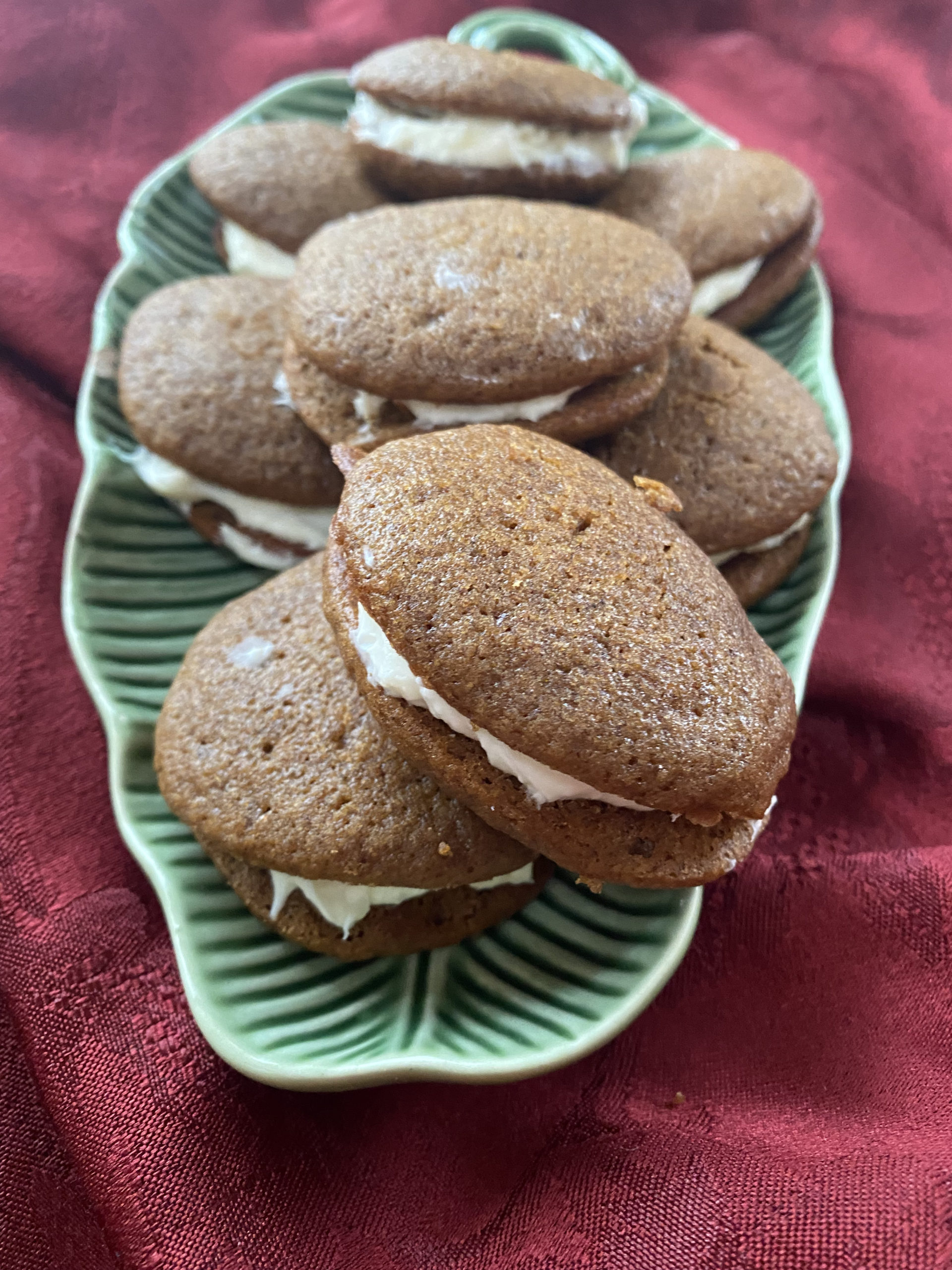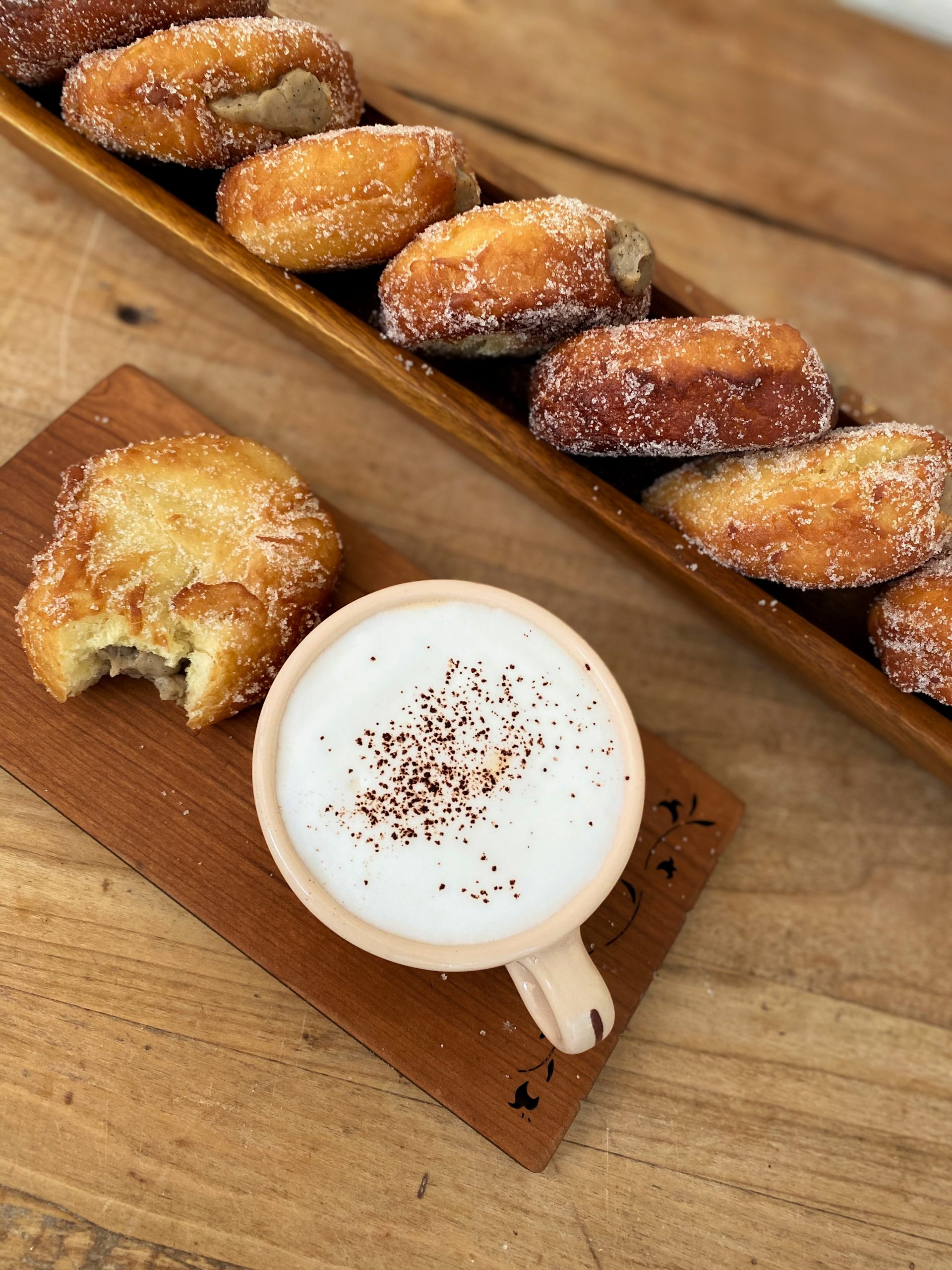I recently returned from a trip sponsored by the California Milk Advisory Board. The trip, which took me to dairy farms, really got me thinking about my dairy consumption – and in particular my vitamin D allotment. Am I meeting my USDA recommended allowance for dairy on a daily basis? Am I doomed to live with weak bones because I don’t drink milk on a daily basis? Will I suffer from hypertension without my dose of vitamin D? (I’m getting a bit stressed thinking about it).
There are two foods that are good for me that I just don’t like. The first is fish. Can’t stand the smell, can’t stand the taste, can’t stand to sit at the table when it is served.
I’m not sure how it all turned out that way for me. Perhaps it was the strong fishy tasting trout or catfish my Grandpa used to pull from the waters of Lake Erie and distribute to the entire family. As my husband can attest to, I still try eating fish, but the only way I can get it down my gullet is by smothering it in something that will completely mask it taste. That is, unless it is a delivery from Joe’s Stone Crabs in Miami. Now I won’t waste those tasty little shellfish.
The other is milk. When I was a kid, we always had milk at the table for every meal. As a child, my plastic green cup decorated in flowers, was filled to the rim with milk. I took to chugging it in one breath at the beginning of the meal, so I would only have to taste it once. Fast forward several decades and I still don’t drink milk (unless its flavor is masked with chocolate).
As you can imagine, the meal I dreaded most as a child, was Fish Fridays during Lent, complete with a full cup of milk to wash all that great tasting trout down.
When it comes to milk and fish I find myself a bit of a hypocrite. While I can rarely be found with a glass of milk or plate of fish in front of me, I serve both milk and fish to my children and impress on them strongly their need to eat (and drink) them.
Right now, I hear myself saying, “Come on, Nicole (who doesn’t like milk), hold your nose and just finish your glass of milk, then you can be excused from the table.” Or, “Come on, Nicole (who doesn’t like fish), hold your nose and take one more bite of salmon and then you can be excused from the table.”
Meanwhile, the salmon is pushed around my plate to make it look like I ate some (a ploy I used as a child) and my fingers are tightly wrapped around a wine glass instead of a milk glass, trying to quickly sip my share before my husband finishes the bottle (hmm, that’s gives me an idea for another blog post).
Unfortunately for me, both of those foods are good sources of vitamin D (oily fish like salmon, sardines and tuna). Vitamin D is often referred to as the Sunshine Vitamin. We soak it up daily just by walking outside. All it takes is 10-15 minutes of sun exposure each day (on our hands, feet, and arms – and without wearing sunscreen) to meet our daily requirement. So, if all I need to do is bare my hands, feet and arms for a few minutes each day, why should I worry that I don’t like to drink milk or eat fish?
It was sunny during that Southern California trip visiting dairy farms, so I returned with confidence that I had soaked up my vitamin D. But then I sat back to absorb all the great information I was presented with during the trip. In particular, one handout, courtesy of the Dairy Council of California, reads: “With age, we lose some ability to make the vitamin from sunlight exposure and to turn it into its active form”.
I start to worry again, because, well . . I am aging.
I read on: “Vitamin D has been recognized for its role in enhancing calcium absorption, thereby promoting good bone health. In fact, vitamin D deficiency can also lead to osteomalaia – weak bones in adults.” The Council continues, “Adequate vitamin D levels are thought to reduce the risk of breast, colon and prostate cancers and play a preventative role in multiple sclerosis, diabetes and rheumatoid arthritis.”
Add to this, that the 2010 Dietary Guidelines of America (which identifies the top four nutrients of concern for our bodies), notes those nutrients in America’s diets which are most lacking are – calcium, vitamin D, potassium, and fiber. Low and behold, milk is the top source of three out of four of these nutrients – calcium, vitamin D and potassium.
Trina Robertson, MS, RD Project Manager at Dairy Council of California also revealed the same in a recent interview with Family Eats. “According to government statistics nine out of 10 women and six out of 10 men fall short of calcium recommendations. Milk and milk products also provides vitamin D, which is important not only for bone health but also boosts our immune system and reduces the risk of same cancers. Milk is the largest contributor of potassium in American’s diets and this vitamin helps to maintain normal blood pressure.”
So, I stop to think. If I don’t like milk or fish, what can I do?
I look beyond the milk glass and I see a delicious wedge of cheese, a creamy dollop of yogurt on my homemade granola, and milk as a base to make a creamy delicious hot chocolate.
As for fish, well, I’m not sure what I will do. I’ll continue to consume my shellfish, but as for oily fish, I’ll keep trying. If I can’t, I’ll fall back on other food such as eggs, fortified orange juice, and some delicious shiitake mushrooms.
Here are some ways you can boost your intake of vitamin-D daily
- Drink at least 2 cups of vitamin-D fortified milk a day.
- Use milk instead of water in making hot chocolate mix, soups and sauces
- Choose vitamin D-fortified yogurts and cheeses whenever possible.
- Check labels and choose breakfast cereals that are fortified with vitamin D.
- Flake tuna on top of a hearty lunch – or make tuna salad sandwiches.
- If you drink soy beverages, choose a vitamin D-fortified brand.
- Grill or bake salmon for a vitamin D-rich meal once a week.







